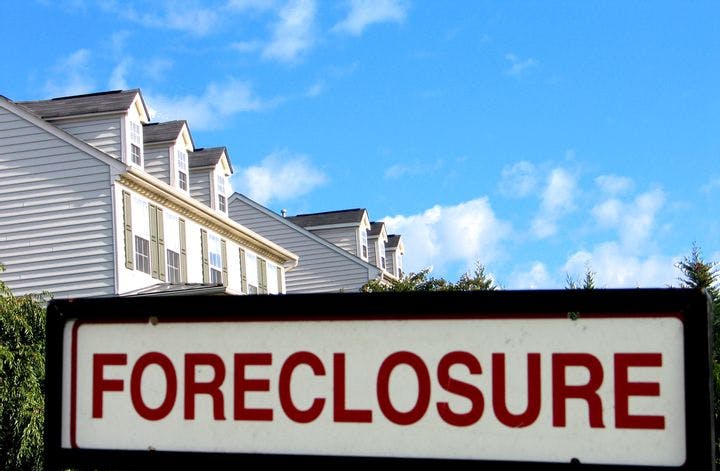Winter 2010
The Wrong Fix for Foreclosures
– The Wilson Quarterly
Why re-writing mortgages to avoid foreclosures is bad business for banks.
The solution to the recent surge of foreclosures has gained a lot of currency: Rewrite the lousy mortgages that are the source of this mess. It’s a win-win plan: Borrowers would keep their homes, and banks would save money they would have lost in foreclosure. Sheila Bair, chairwoman of the Federal Deposit Insurance Corporation, has estimated that this strategy could prevent 1.5 million foreclosures. Since each foreclosure is estimated to cost the lender an average of $120,000, total savings could be as much as $180 billion. At the end of September, 14 percent of the nation’s borrowers were either delinquent or in foreclosure. But loan modifications just aren’t happening at the rate one would expect. Why not?
A new study by Christopher L. Foote and Paul S. Willen of the Federal Reserve Bank of Boston, Kristopher S. Gerardi of the Federal Reserve Bank of Atlanta, and Lorenz Goette of the University of Geneva shows that rewriting the terms of mortgages nearing foreclosure would be bad business for banks. The reason is two-fold: Banks would be overly inclusive and rewrite mortgages that wouldn't have gone into foreclosure; and of those they would rewrite, many would go into foreclosure anyway.
Foote and his colleagues found that foreclosures are not being driven chiefly by exorbitant interest rates or other qualities of the mortgages themselves. They point instead to what they call the “double-trigger”: the interaction of an “income shock”—a job loss—and falling home prices. “Consider a borrower who has lost his job. No permanent modification can make the house affordable if the borrower has no income.” Moreover, “when the value of the house that collateralizes the loan is falling,” the servicer who delays foreclosure risks an even larger loss in the future.
To test their theory, the authors tweaked data covering more than half of the U.S. mortgage market. What happens if mortgage debt rises as a percentage of people’s incomes? What if more borrowers are unemployed? For each variable they altered, they could see the effect on payment delinquency. What they found is that even a 10 percent increase in the ratio of debt to income that a borrower takes on at the start of a loan increases the risk of a 90-day delinquency by only seven to 11 percent. In contrast, just a one-percentage-point increase in the unemployment rate raises the probability by 10 to 20 percent. Worst of all, a 10-percentage-point fall in house prices raises it by more than half.
Some economists have contended that banks have been slow to modify loans because it’s very complicated to do so with mortgages that have been sold and repackaged in securitized bundles. But Foote and his colleagues found that securitized and non-securitized loans have been modified at about the same rate.
The authors argue that it’s a mistake for Washington to focus on making it easier to modify loans. Rather, it should create a bridge for people who have recently lost their jobs to help them get through the rough patch without losing their homes.
* * *
The Source: "Reducing Foreclosures" by Christopher L. Foote, Kristopher S. Gerardi, Lorenz Goette, and Paul S. Willen, in Research Review, January-June 2009.
Photo courtesy of Flickr/Taber Andrew Baln
